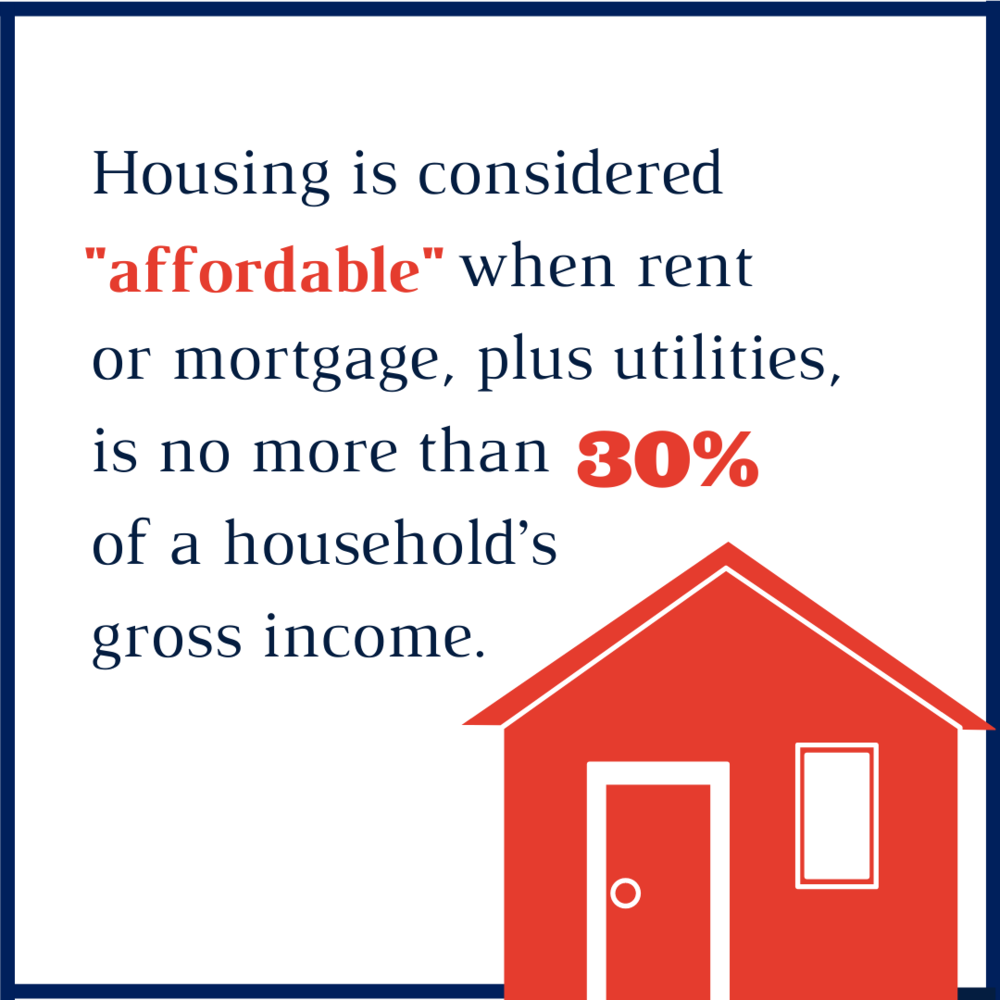Finding affordable housing on a low income can seem like hunting for a needle in a haystack. Housing prices and shortages are simultaneously skyrocketing in America. Low wages, high costs of living, and few available houses can make it challenging to find a place to stay.
Everyone needs a place they can afford due to an injury or a fixed social security income. The good news is that even if you are low-income, there are ways to find affordable housing in your area.
From government programs to local assistance, Section 8 public housing, private subsidized housing, and housing vouchers are here to help.
1. Subsidized housing
When most people talk about low-income housing, they are typically referring to subsidized housing. Subsidized housing occurs when the U.S. government pays the property owner to allow low-rent housing on a property. Low-rent housing is one of the top ways low-income people can afford housing.
If you think that subsidized housing is a good fit for you, there are a few requirements that you will need to meet.
For example, your income must fall within the federal income limit for your location and family unit size to qualify. Other eligibility requirements may vary based on the property owner’s regulations.
An easy way to locate subsidized housing options in your area is to use the search tool on resources.hud.gov. A search will bring up subsidized housing locations nearby. The federal database gives you a list of properties, the units on the land, and provider contact information.
The only downside is that the database does not keep track of vacancies, so you will need to contact every property owner directly to check which units are available.
With some research, you can narrow down exactly which low-rent subsidized housing units are open in your area and ready for you to move in once application paperwork and acceptance are complete.
2. Public housing
Things are a little different with public housing options. The main difference is that subsidized housing is subsidized by the federal government, while public housing options are run by a local Public Housing Authority (PHA).
If you are a low-income adult, a senior citizen, or an individual with disabilities, public housing rentals are set aside for people like you.
https://www.usa.gov/finding-home
Here is how to determine what public housing is available in your area. First, go to the U.S. Department of Housing and Urban Development (HUD) webpage.
Second, scroll down to select your state, or click on your state on the map and hit Go to this page. The results will include a page with a list of city and county redevelopment and housing authority offices and phone or email contact information.
Some states may have many field offices, while others only have one option. First, start with the HUD office closest to your current location. Then, you can expand your search to your entire state for rental assistance. Other options include talking to a housing counselor at your local office to get more specific information.
This helpful list lets you know if your local housing authority offers Section 8 housing, low-rent programs, or vouchers. Your local authority is the place to apply for a housing choice voucher or low-rent public housing. They are the only ones who can tell you if you qualify for help with housing in your area.
As a heads up, when you apply for public housing, the agency may send a PHA to visit your home to gather information, interview your family, and check how you are maintaining the house you already live in.

3. Housing Choice Vouchers
Searching for affordable, low-income housing can be stressful.
While some programs like Section 8 housing can have long wait lists, some people can skip through the process and get priority housing if they are homeless, their current house has dangerous living conditions, they are displaced through a disaster or domestic violence situation rather than their own choice, or if rent is eating up over 50% of their income.
That is why the Section 8 Housing Choice Voucher program is here to help with another kind of subsidized housing for people on low or fixed incomes. With Housing Choice Vouchers, the federal government does not deal directly with the landlord.
Once approved, you will get a voucher confirming the government’s promise to pay a portion of your rent. This is not a set amount since rent vouchers can vary based on how much money you make, your family size, and what rent costs in your local area.
After approval, your next step is locating a property owner who receives housing vouchers. Then, depending on what is available in the area and a landlord’s willingness to accept the voucher, you can rent an apartment, a single-family home, or a townhouse. You might even be lucky enough to live in an area where a Housing Choice Voucher can help you buy a home.
Contact your local PHA to apply for a Section 8 Housing Voucher. While waiting for the approval process, you can start searching on Trulia or Zumper to filter results for providers that accept Section 8 vouchers.
4. Rural housing options
Increase your affordable, low-income housing options by expanding your search beyond urban areas.
According to the United States Department of Agriculture (USDA), the USDA subsidizes more than 15,000 multi-family apartment complexes in rural areas across America. While some units are designed to house families, others are reserved only for older adults.
These housing options can range from studio apartments up to four-bedroom dwellings. Also, like HUD and PHAs, the USDA helps people who qualify by giving them rental assistance programs and vouchers.
https://www.ruralhealthinfo.org/toolkits/sdoh/2/economic-stability/housing-affordability
If you need low-income housing relief, head to the USDA’s website. Remember that the USDA’s available housing reflects the critical housing shortages plaguing the U.S. today. According to the National Low Income Housing Coalition, there’s a shortage of 6.8 million affordable rental properties in the U.S.
At any given time, for every 100 families with very low incomes, there are only about 37 affordable rental homes available. So if you are desperate for affordable housing on a fixed or low income and there aren’t any government or local agency options, you might need to get creative.
Talk to local government agencies like the Community Action Council, Department of Social Services, Area Agency on Aging, and other nonprofits who may know about different resources.
5. The VASH Program
Finally, if you are a low-income or homeless veteran who qualifies for V.A. healthcare, you may be eligible for the HUD-VASH program.
Veterans with physical problems, substance abuse disorders, mental health issues, or who do not have a safe and regular place to sleep at night may receive priority.
If you are interested in the HUD-VASH program, reach out at 1-877-4AID-VET, an online chat at va.gov, or contact your area’s V.A. Medical Center to speak to your local V.A. Homeless Program or get in touch with a Homeless Coordinator.
It is important to know that government and local programs and resources are available to help you search for safe, affordable, and low-income housing for you and your family.


Leave a Reply